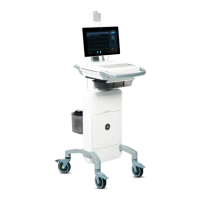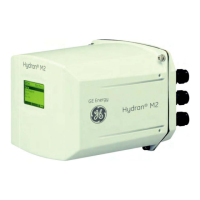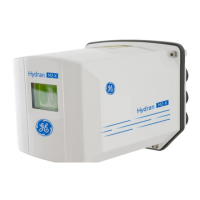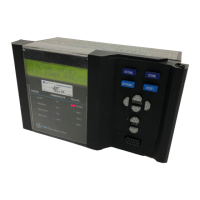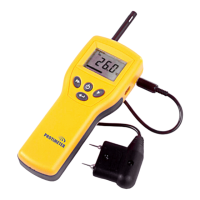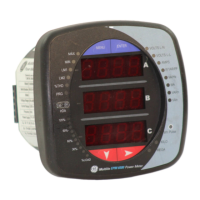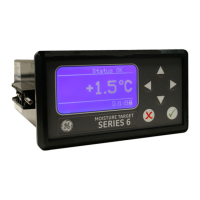3. Setting Up the DMS 2
DMS 2 Operating Manual Page 71
3.4 Storing Data in the Data Recorder
The numerical and graphical thickness measurement data
collected with the DMS 2 instrument can be
• Stored on-board as measurements are taken and
statistically analyzed
• Downloaded to a personal computer for long-term
storage and complex analysis
• Send directly to a printer for immediate hard-copy docu-
mentation
3.4.1 Data Recorder Capabilities
The on-board data recorder of the DMS 2 is a flexible,
powerful tool for managing ultrasonic thickness data. It’s
capable of easily storing, evaluating, displaying, and report-
ing on various types of measurement data. This section of
the manual explains what you’ll need to know to create and
save data to DR (Data Recorder) files. In Chapter 5, you’ll
find an explanation of statistical analysis, report generation,
and other advanced data-management capabilities. In
Appendix B you’ll find additional information on file-type
selection.
In Section 3.4, you’ll learn how to
• Select the right file type for an inspection application
• Create a Master Comment List (
)
• Use the Virtual Keyboard to create customized comments
• Create a new file
Data Recorder File Types
The on-board data recorder will store thickness measure-
ment data and organize that data to match a range of
different inspection applications. Because different inspection
applications (for example, a pressure vessel verses a fluid-
carrying pipe) are best suited to different data organization,
the DMS 2 is capable of organizing data into the following
seven different file types (sizes quoted are maximum-per-
level and may not be achievable in all cases):
• LINEAR File Type—Often used for tank truck and similar
applications. Accepts up to 99,999 data points in sequen-
tial locations. Each point is placed in a location.
• CUSTOM LINEAR File Type—Often used for process
piping (where measurements are taken at 90-degree
intervals around the pipe) and similar applications. Accepts
up to 999 data points in each location. Up to 9,999
sequential locations are allowed.

